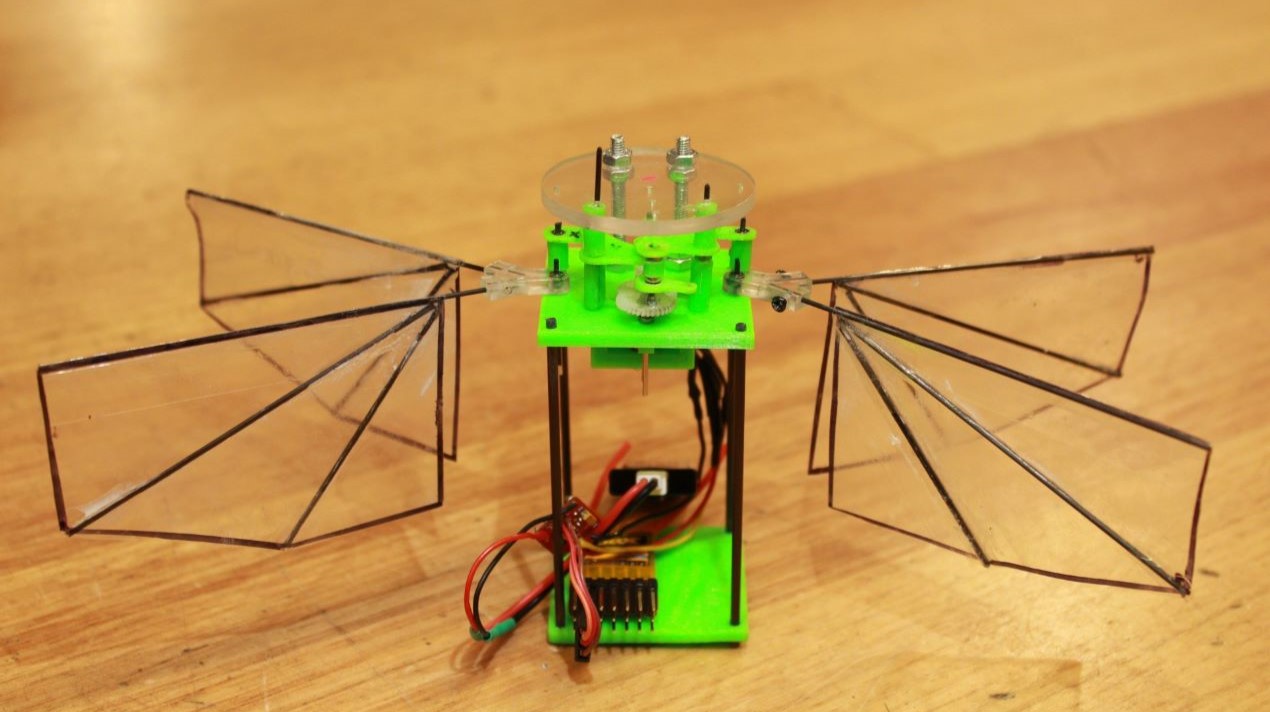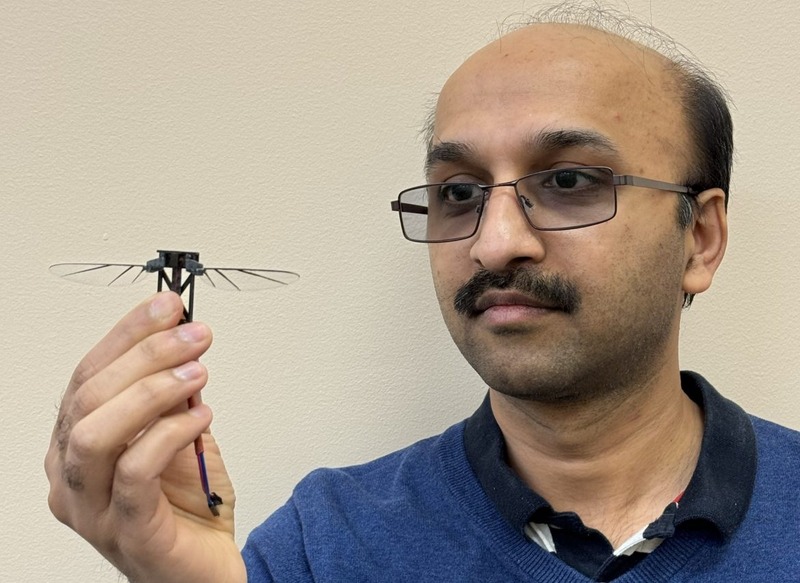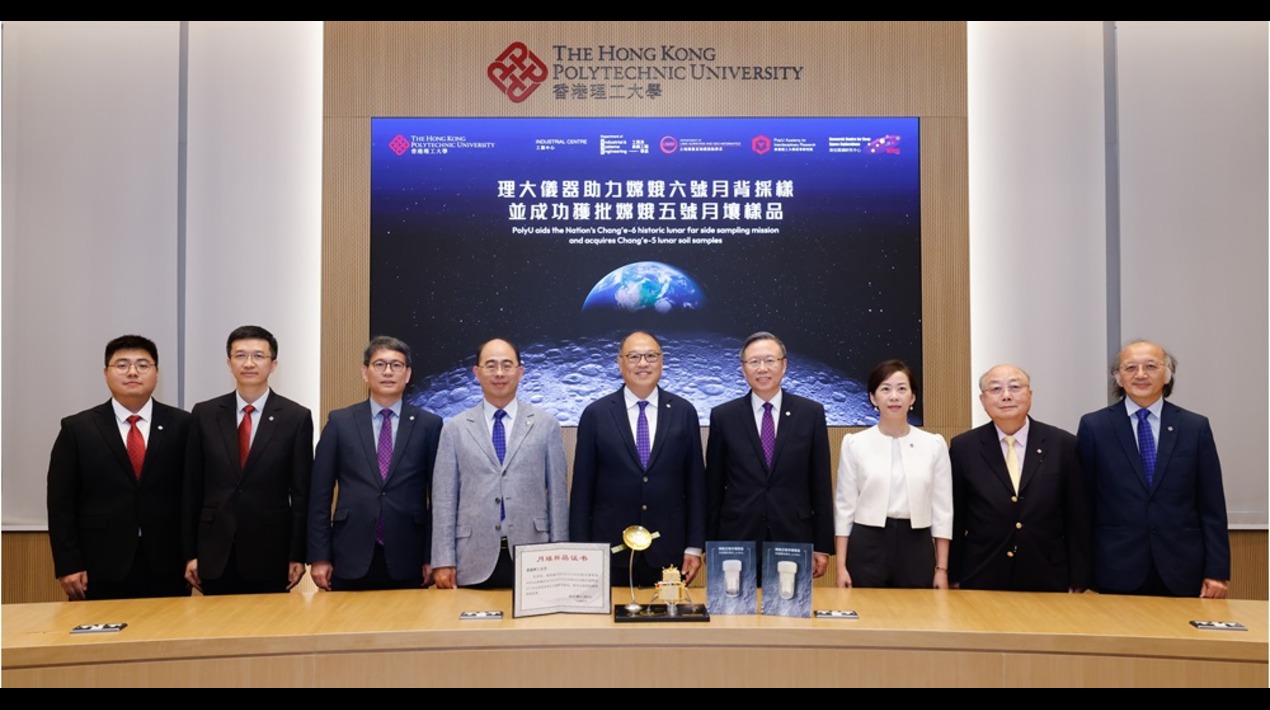
|
Getting your Trinity Audio player ready...
|
Research into the unique properties of insect wings is driving the development of innovative micro drones, potentially leading to the creation of ‘robobees’ for artificial pollination. The remarkable flight capabilities of insects like bumblebees, which challenge traditional aerodynamic theories, and the intricate wing structures of various insects, provide valuable insights for the advancement of next-generation microdrones.

Dr Shantanu Bhat at UNSW Canberra is at the forefront of this research, focusing on the aerodynamics of insect wings to identify efficient designs that can enhance drone flight capabilities. According to Dr Bhat, micro drones are small robotic flyers, typically measuring just a few centimetres in length, with potential applications in surveillance, weather monitoring, and even addressing the challenges posed by the declining bee population through artificial pollination using ‘robobees’.
Dr Bhat explains that microdrones could also be valuable for exploring the low-density atmosphere of Mars, aiding rovers by providing aerial assistance. However, the primary challenge in realising these applications is the unstable flight characteristics of both insects and micro drones due to their small size. As the size of a flying object decreases, its ability to maintain a stable position or continuous motion also diminishes – a phenomenon known in physics as ‘inertia’.
Due to their negligible inertia, small insects and micro drones require rapid flapping-wing mechanisms to generate extra lift and achieve stability. Traditional aerodynamic theory suggests that a bumblebee should not be able to fly due to its small wings and relatively large body, creating what is known as the ‘bumblebee paradox’. However, bumblebees do fly, utilising unique flapping motions to continuously generate lift and stabilise their flight.
Unlike birds, which primarily generate lift during their downstroke, insects need continuous lift generation to maintain stable flight. Insects achieve this by flapping their wings forward and backwards with a large wing angle, pushing air downward during each half-stroke to generate lift. At the end of each forward or backward half-stroke, the wings flip to face backwards, allowing them to generate lift in both directions.
Inspired by insect wings, Dr Bhat has identified that a stubby, low-aspect-ratio wing design is optimal for the efficient flight of micro drones. For larger drones, measuring a few centimetres, variations in wing design over a wider range of aspect ratios can achieve similar performance. Nature reflects a similar diversity in wing shapes, with smaller insects like fruit flies having short, stubby wings, and larger insects like mosquitoes, honeybees, and dragonflies exhibiting a range of aspect ratios from stubby to long and slender wings. The actual wing shapes of these insects are influenced by factors such as structural strength, body length, and evolutionary considerations.
Despite the potential of flapping-wing micro drones, they have yet to achieve commercial success due to their susceptibility to destabilisation by even minor atmospheric turbulence. Dr Bhat’s next goal is to study the performance of flapping wings in turbulent conditions and develop strategies to mitigate turbulence and control flight to achieve stability. Additionally, he is exploring the application of flapping wings in amphibian robots, enabling them to swim underwater and take off into the air upon reaching the surface.
Dr Bhat’s research promises to revolutionise the field of micro-drones, drawing inspiration from the natural world to create efficient, stable, and versatile flying robots. These advancements could have far-reaching implications, from enhancing environmental monitoring and surveillance to addressing critical challenges like the decline in bee populations and the exploration of extraterrestrial environments. As research progresses, the potential applications of these bio-inspired micro drones continue to expand, paving the way for innovative solutions to complex problems.
















